A new kind of commute arrives
The EHang air taxi will begin paid passenger flights in Saudi Arabia in November 2025, government and industry officials say. This step aims to move the kingdom from experimental tests into regular, low-altitude transport — a push that officials frame as the start of a new “low-altitude economy.” The program is being rolled out by a tri-party partnership that combines a certified Chinese eVTOL platform with local industrial and airport partners.
Tests, certification and a national roadmap
The move follows a sequence of deliberate steps. In June 2024, an unmanned EHang test flight over Makkah proved the concept could operate safely in a crowded, complex environment. Saudi regulators used data from that trial to refine their Advanced Air Mobility roadmap, a phased plan that sets safety, traffic management and certification milestones. The roadmap provides the regulatory backbone that allows a faster transition from trials to commercial operations.
EHang’s EH216 aircraft family already holds key certifications from China’s aviation authority, which shortens the adaptation and approval process for overseas deployments. With those technical credentials, the aircraft will be adapted to Saudi airspace and local operating conditions ahead of the November launch.
Who does what — the three pillars of the program
The project rests on three partners with distinct roles:
EHang Holdings — supplies the EH216 airframes, flight software and operational know-how. The company has focused its messaging on safety, automation and electric operation as foundational selling points.
Front End Limited Company (Dhahran) — acts as the domestic industrial anchor. Front End will lead localization efforts: establishing local assembly lines, developing supply chains for batteries and components, and training Saudi engineers and technicians. This is tied directly to the Vision 2030 goal of building high-tech local industry.
Cluster 2 Airports — a state-linked operator managing a 22-airport network. Cluster 2 provides ready infrastructure for initial vertiports and operational corridors, allowing a faster rollout without large urban land acquisitions.
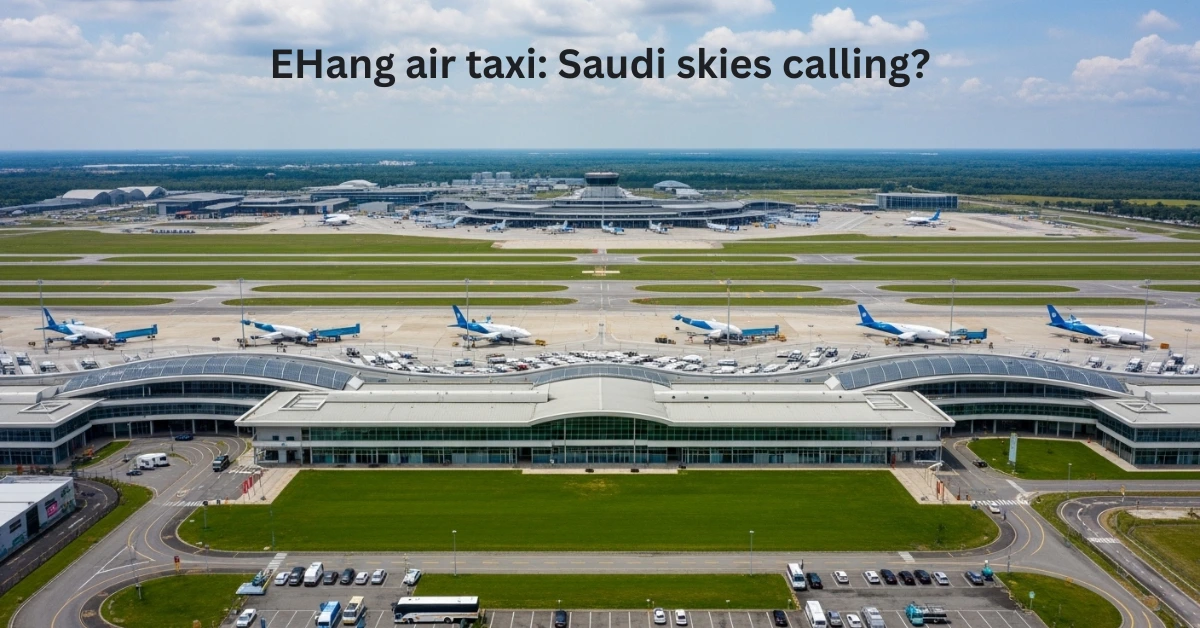
The aircraft — what the EH216 can and cannot do
The passenger model, EH216-S, is a fully electric, two-seat, pilotless eVTOL designed for short urban hops. Public metrics include a cruise speed of around 100 km/h, a maximum range near 35 km and about 21 minutes of typical flight time on a single charge. The logistics model, EH216-L, can carry up to about 200 kg for cargo and public service missions. Those specifications make the aircraft well suited to airport shuttles, tourist hops and last-mile logistics — not long intercity travel.
Table: Roles and vehicle metrics
| Item | Role / Metric |
|---|---|
| EHang (EHang Holdings) | Technology provider — EH216 family, certified in China |
| Front End (Front End Limited Company) | Localization, assembly, workforce training (Vision 2030 alignment) |
| Cluster 2 Airports (Cluster 2 Airports) | Infrastructure hub — 22 airports network |
| EH216-S (passenger) | Cruise ≈100 km/h; Range ≈35 km; Flight ≈21 min |
| EH216-L (logistics) | Payload up to ≈200 kg for cargo missions |
Why Saudi calls it a “low-altitude economy”
Saudi planners see AAV deployment as more than a transport gimmick. They aim to create a new sector that includes passenger air taxis, aerial logistics, emergency services and urban systems integration. Analysts estimate the broader low-altitude ecosystem could be worth tens of billions by 2030, with urban air mobility forming a significant slice. For Riyadh, the project ties directly to Vision 2030 priorities: economic diversification, high-skill job creation and attracting foreign investment into advanced manufacturing.
Saudi automotive industry eyes 350,000 cars by 2030 — PIF bets billions on Lucid, Hyundai and Ceer
Voices and perspectives
“We plan to begin passenger rides in November 2025 as part of a staged scale-up across our airport network in 2026 and 2027,” said Majid Alghaslan, Chairman of Front End, describing plans to move from testing to certified paid service. EHang’s leadership stresses safety and system readiness as the basis for rapid commercial activity.
At the same time, independent analysts urge caution. Aviation history shows that timelines can stretch when certification, supply chains and large-scale operations collide. Skeptics point out that cost, public acceptance and urban integration are non-trivial hurdles.
Costs, markets and early users
Early industry estimates put per-ride fares in the high premium range, often cited between USD 200 and USD 400 initially. That pricing reflects aircraft acquisition, maintenance, charging infrastructure and operational control systems. As a result, early use will likely favor tourists, business travelers and premium shuttles. The localization program is central to lowering unit costs over time: local assembly, domestic suppliers and economies of scale will be needed to push fares toward broader affordability.
Simple projected market chart (text)
Low-Altitude Market (2030 est.)
UAM slice: $25–30 billion
Total low-altitude ecosystem: $150–200 billion
Opportunities and headwinds
Opportunities are clear: shorter travel times in congested cities, faster logistics to remote oil platforms or islands, and a boost to tourism with unique aerial experiences. The localization plan can create new manufacturing jobs and technical careers.
But challenges are significant. Public acceptance of pilotless craft depends heavily on perceived safety and reliability. Urban noise and land use for vertiports require policy adaptation. Building a mature local supplier base and training a skilled workforce demands time and capital. Finally, scaling to a high-volume service depends on a robust Urban Traffic Management (UTM) system capable of coordinating many low-altitude flights safely.
Regulators and the path forward
Saudi regulators have adopted a phased “crawl, walk, run” approach. The Advanced Air Mobility roadmap sets safety, testing and certification gates and emphasizes data-driven decisions. The MoU includes commitments to develop a UTM system and to certify vehicles and operations under national regulations. Using airport properties initially reduces urban planning friction and provides a practical foundation for subsequent urban expansion.
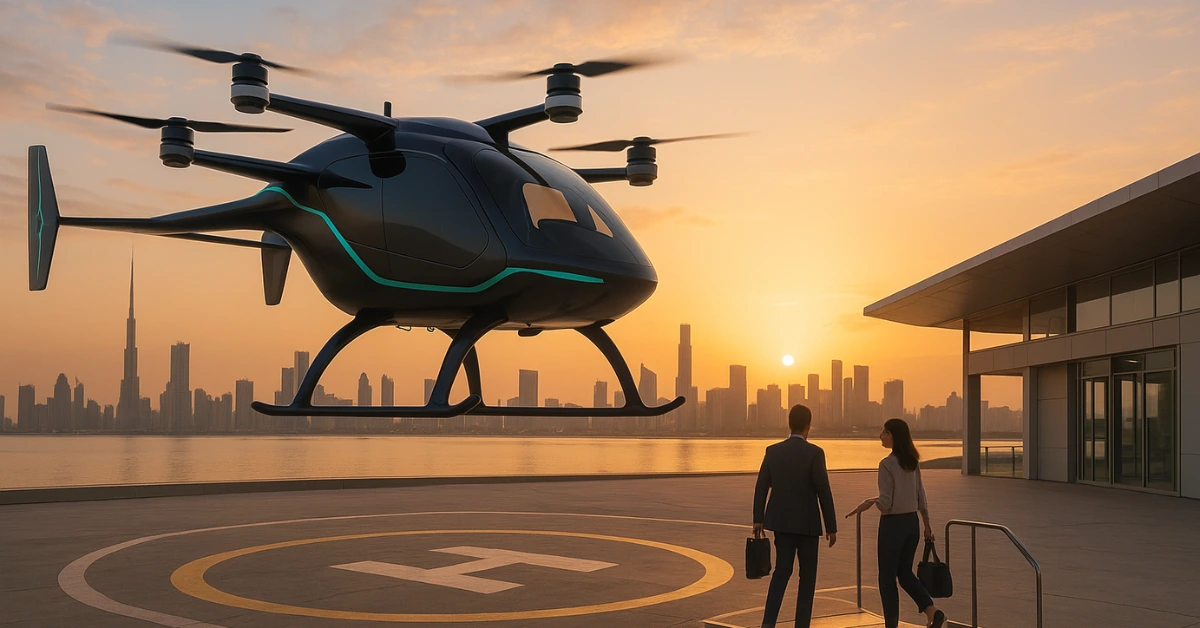
A balanced outlook — why success is possible but not guaranteed
The program’s strengths are a certified aircraft, a clear regulatory roadmap and an integrated local partner that can build supply chains. Those elements give the initiative a realistic pathway to early commercial service. However, aviation projects frequently face delays when moving from prototypes to daily operations. The November 2025 target will be a high-visibility test: success could make Saudi Arabia a regional leader; setbacks will reveal the practical gaps still to be closed.
Conclusion — what to watch next
Watch the November 2025 roll-out and the 2026–2027 network expansion plans. If the initial passenger flights operate safely and Front End can begin local assembly, the program could transition from an expensive novelty to a new industrial sector. Policymakers, investors and the public will be watching how affordability, safety and urban integration evolve. Share this article to follow the region’s first commercial air taxi flights and the early shape of a low-altitude economy.

Hey, I’m Arafat Hossain! With 7 years of experience, I’m all about reviewing the coolest gadgets, from cutting-edge AI tech to the latest mobiles and laptops. My passion for new technology shines through in my detailed, honest reviews on opaui.com, helping you choose the best gear out there!
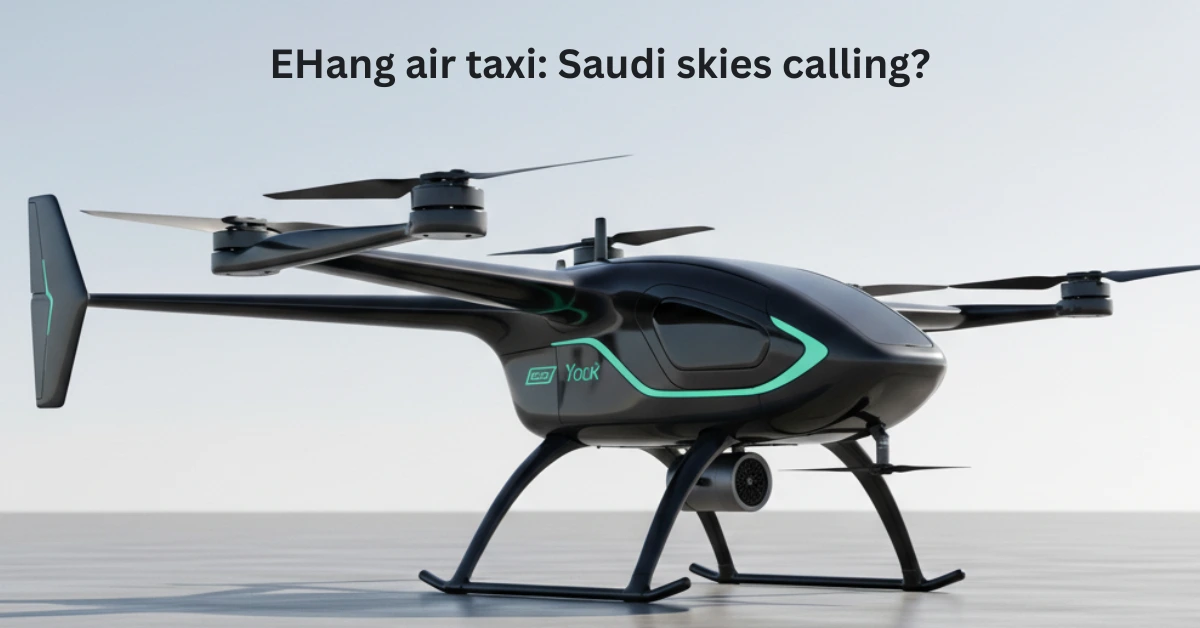
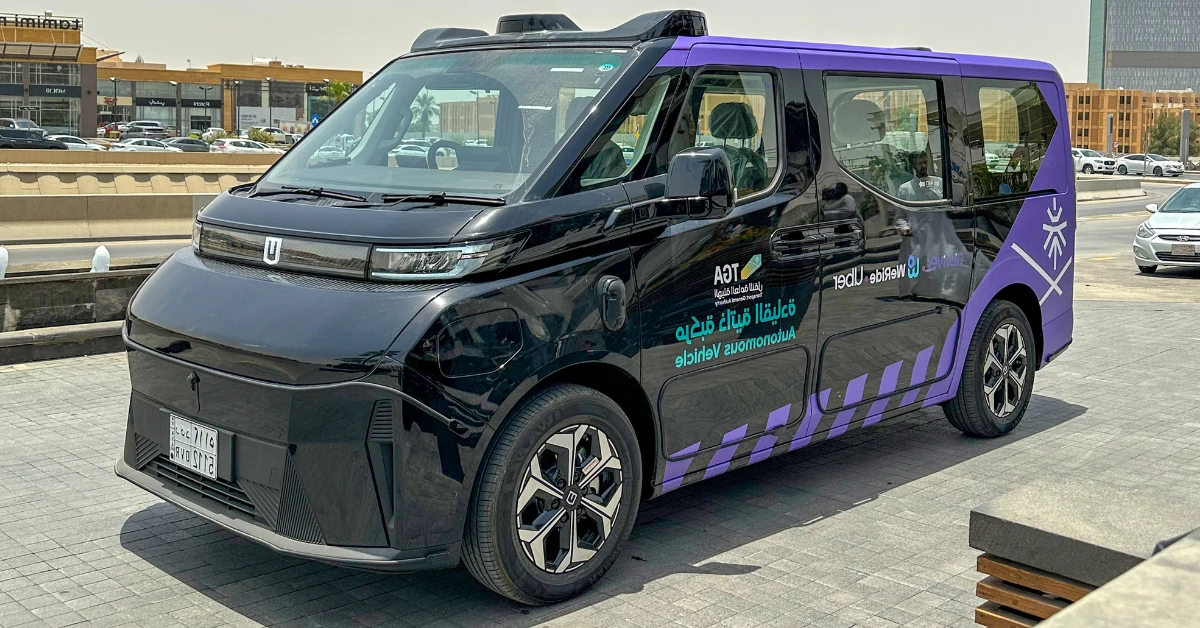
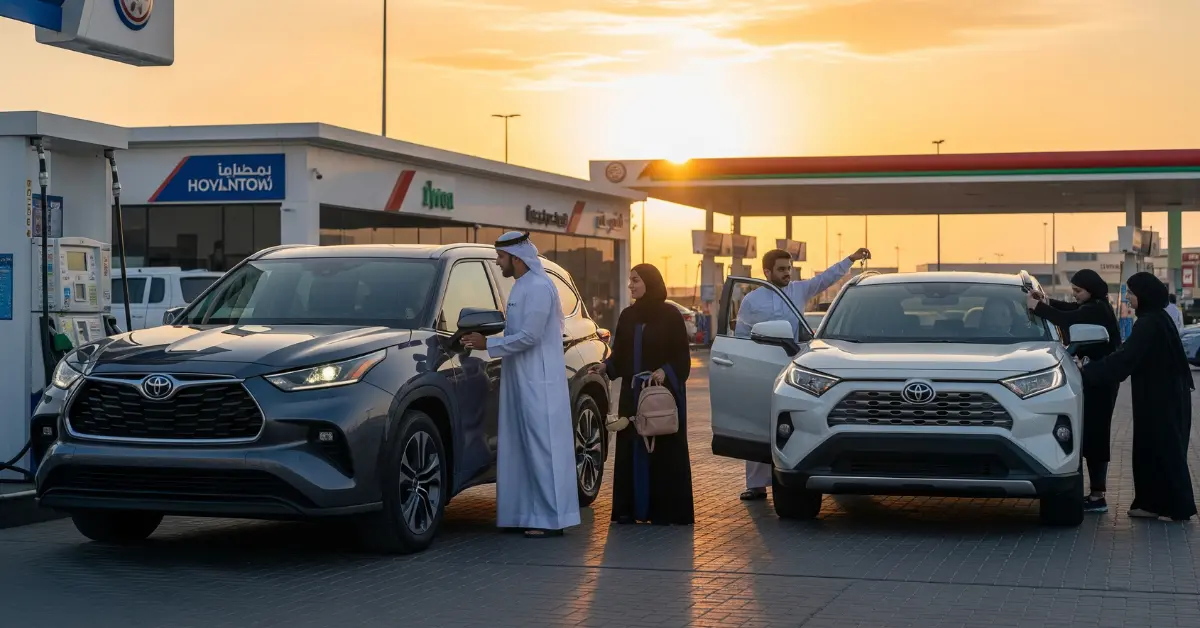
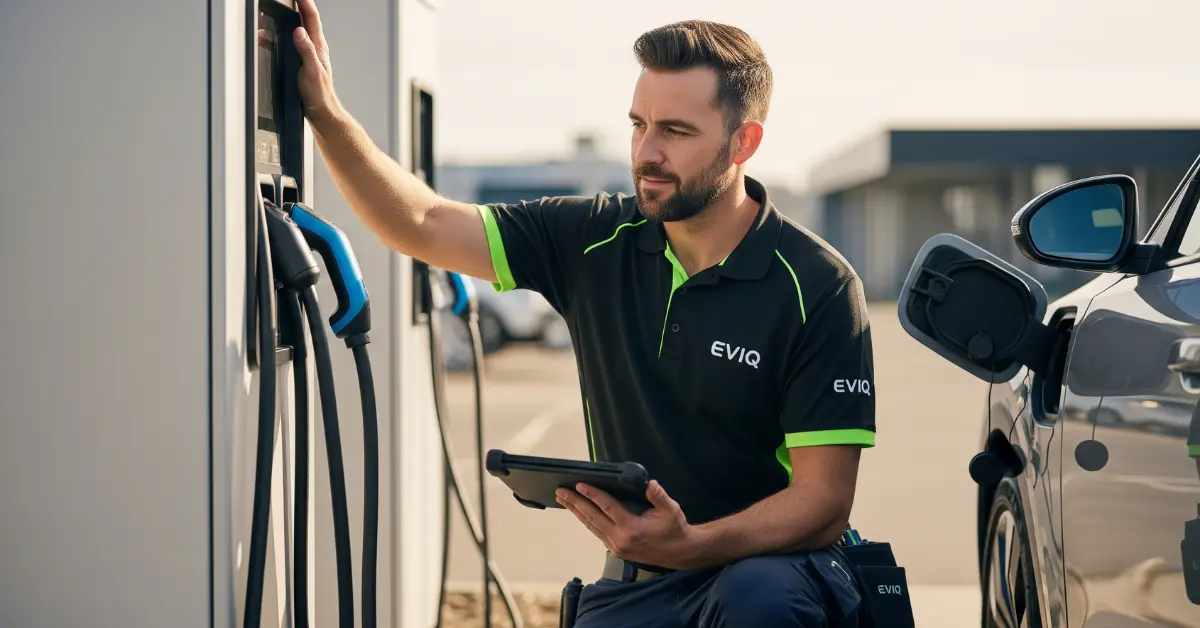
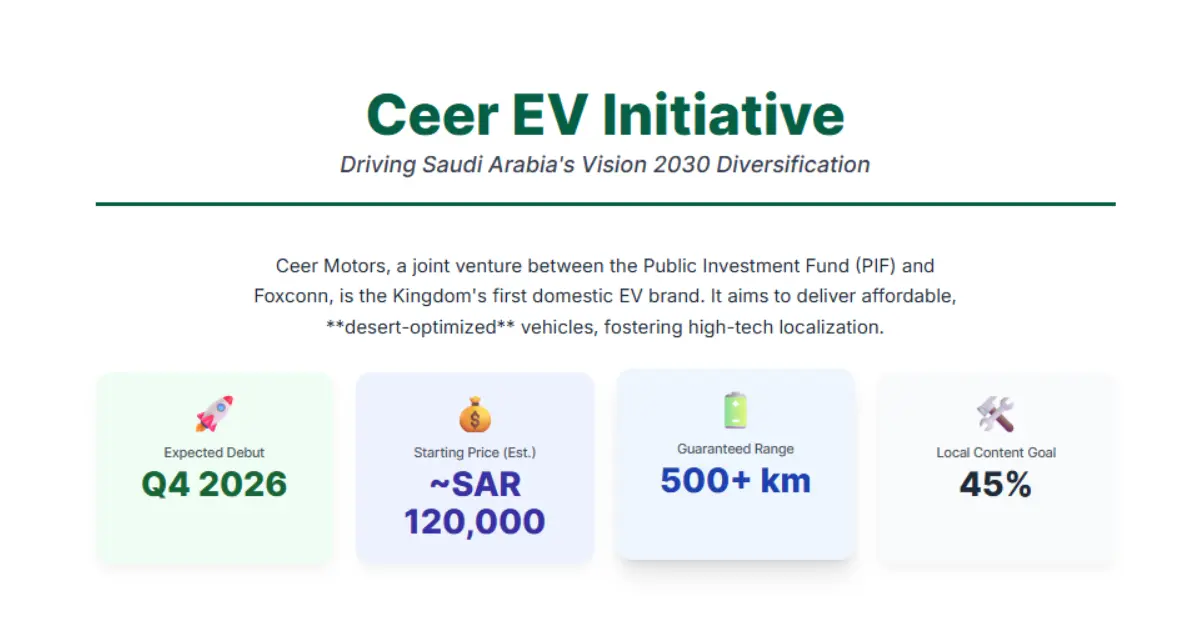
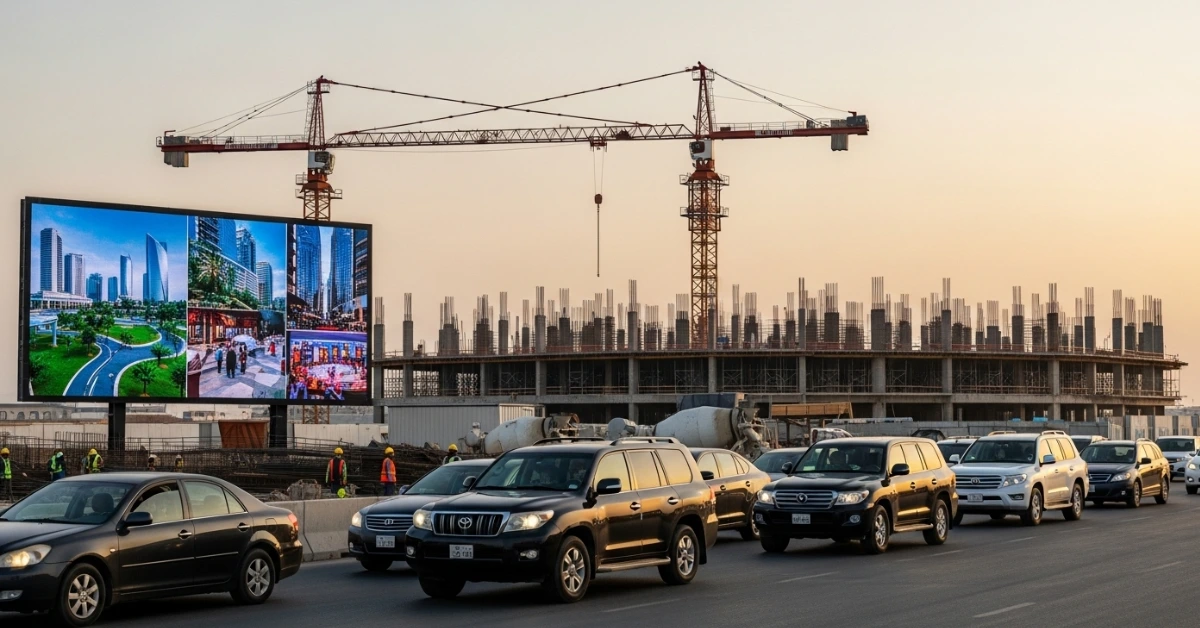
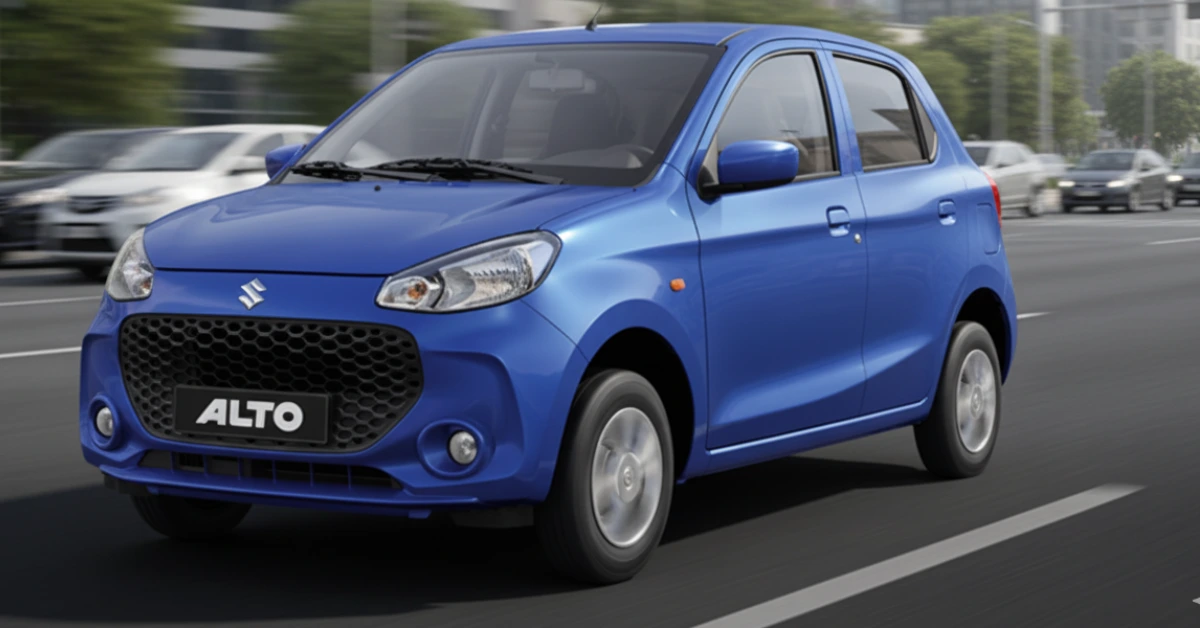







1 thought on “EHang air taxi to launch paid passenger flights in Saudi Arabia — November 2025 rollout to build a “low-altitude economy”
Comments are closed.